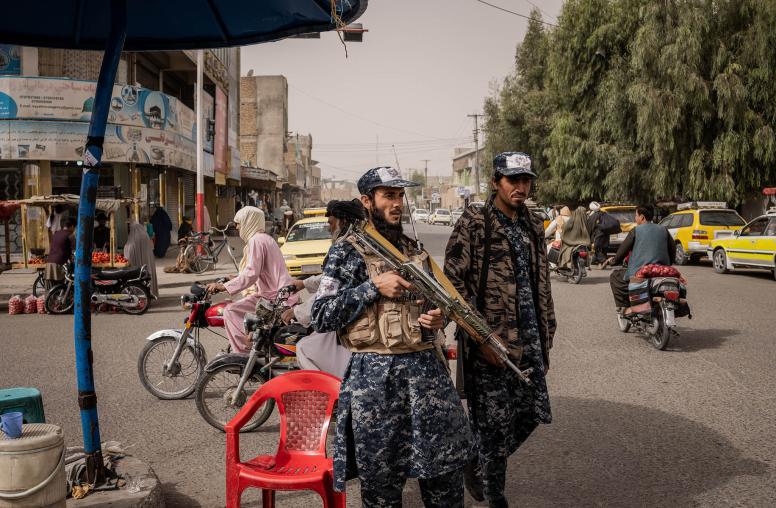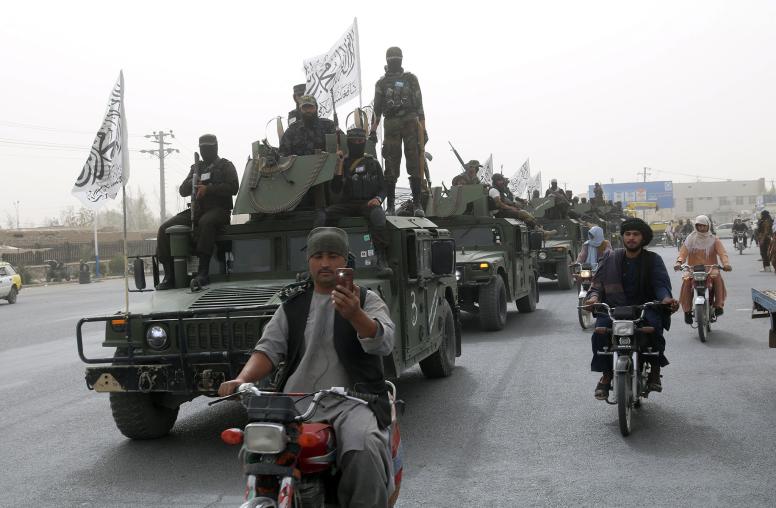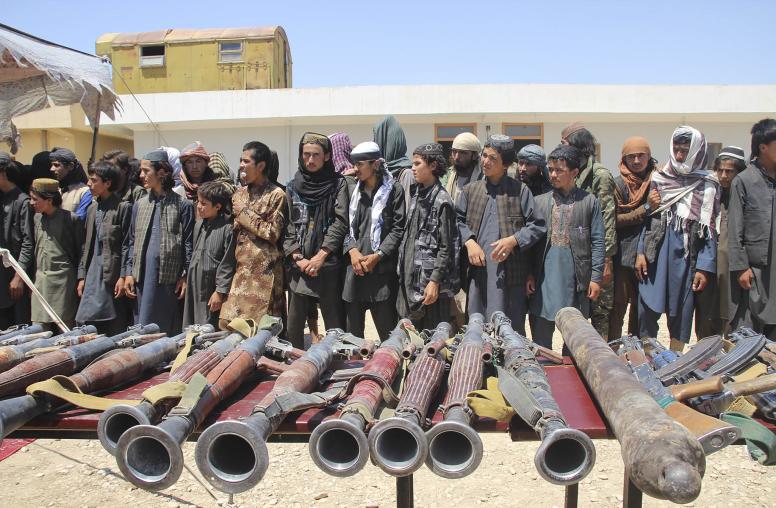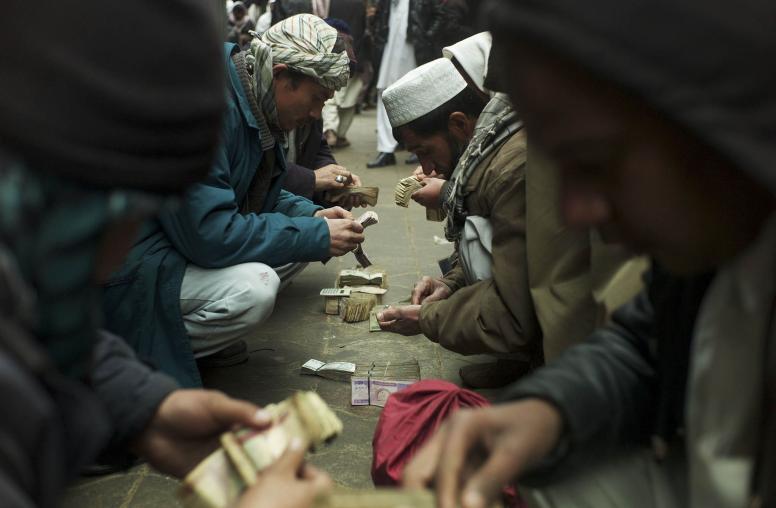It’s been nearly a year since U.S.-Taliban talks renewed hope that a broader Afghan peace process could set the country on the path to end its decades of conflict. Now, as the U.S. and Taliban are potentially on the cusp of a deal, the stakes for Afghan women are particularly high. They fear that their hard-won rights might be a casualty of peace deal, returning the country back to the draconian Taliban era. While we hear often from Afghan women’s rights activists and leaders, little attention is paid to what women at the local level think about peace and extremism. Often treated as a monolith, a forthcoming USIP-commissioned study found a diverse range of views on the ongoing peace process, peacebuilding at the local level, extremism, and the barriers women face.
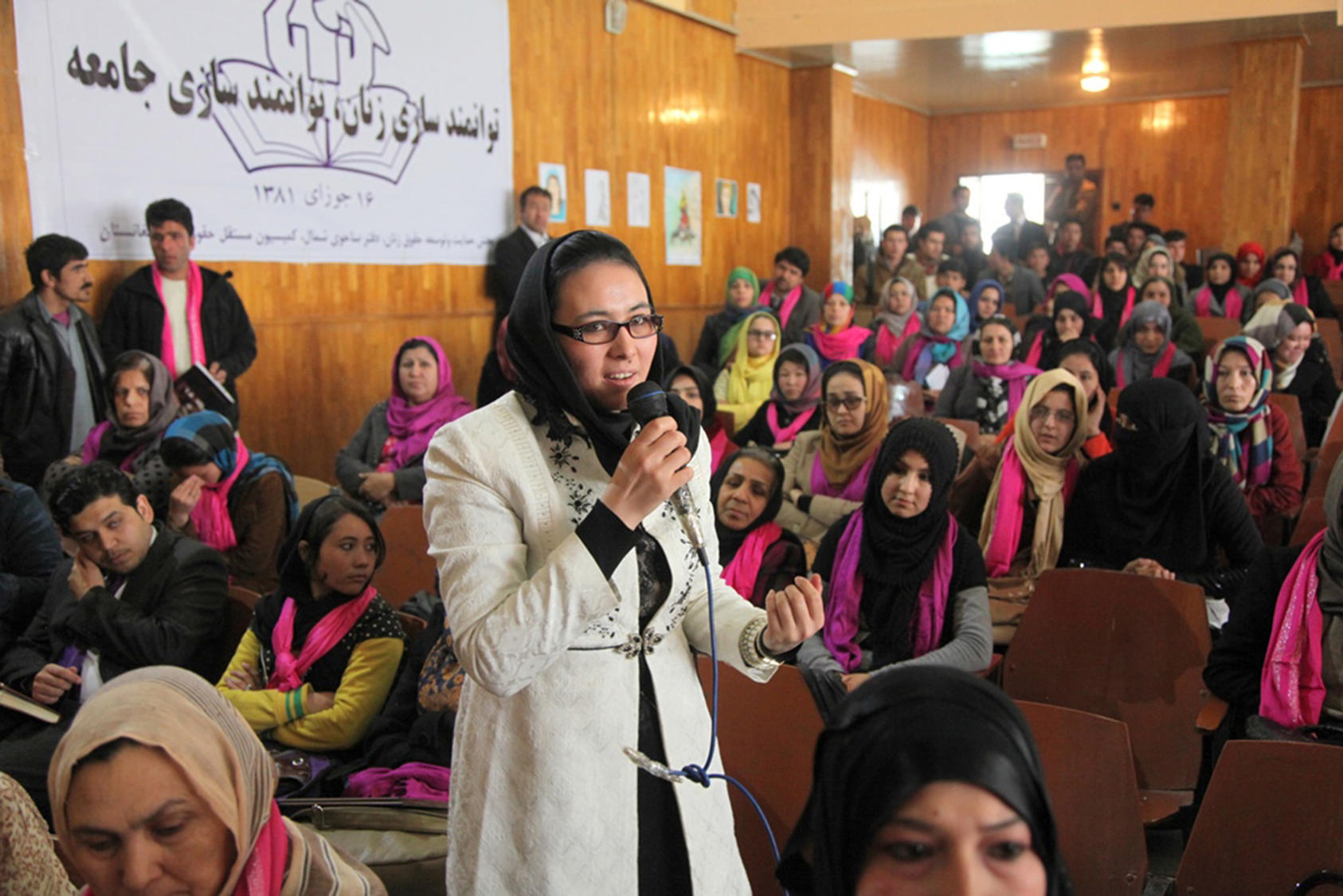
On Peace
Since the U.S.-Taliban talks began nearly a year ago, female activists in Kabul and their international supporters have mobilized to ensure women’s voices are included in the negotiations. However, significant less attention is paid to the composition of women’s representation. Exactly who should be represented?
Women have not experienced the same gains across the country and thus have different experiences and views on peace, extremism, constitutional rights and their broader place in society. It’s largely been in Kabul and other major urban centers where women’s rights have advanced most.
The USIP-commissioned study found that many women outside the provincial centers have taken, at most, a passing notice of the senior-level policy discussions on the role of women in the peace process. What matters to many of these women is their traditional role at the family level, particularly as mothers who keep their sons and husbands from joining extremist groups. They see family as the core of their community. One 21-year-old married woman from Herat City said: “I think women have the main role … peacefully upbringing their children, they can contribute to bringing peace. Words of a mother can have great impact.”
The study also revealed that many women in Afghanistan see education—and their roles as educators and students—as the most significant tool to build sustainable peace. “As a student I can work in my community … I can be a good example for my classmates … or I can work for my country and people once I am graduated … I am in the pursuit of studying so I can work and play a better role in society,” said a 24-year-old woman from Kunduz.
By contributing to society in practical, everyday ways, many Afghan women believe they are helping to reduce violence and build peace. By simply going to school or university, they are making strides in overcoming Afghanistan’s patriarchal society and its restrictive norms.
On Extremism
Many Afghans understand the concept of extremism differently than it is typically discussed in the international community. They see extremism based on religious notions of excess. Thus, it’s no surprise that our study showed that women across the country equate extremism with “excess,” “crossing the limits,” or “a lack of moderation.”
Overall, definitions of extremism varied along provincial lines, most likely tied to security and political situations and the profile of the respondents. For example, in Kandahar, several respondents linked extremism to violence, terror, and even imposing views through the barrel of the gun. Whereas in Herat, extremism is viewed more in terms of ideology. “Though we can see extremism in many different ways, religious extremists believe that there are certain redlines and whoever crosses one of those redlines, it becomes necessary to perform jihad against them,” said a 20-year-old woman who works for the government in Herat city.
The study also found that, despite varying definitions of extremism, women generally did not desire a role within extremist groups, mostly because these groups limit their roles in the domestic sphere. A 31-year-old woman from Kunduz, who works at an NGO, said, “Their [women in madrasas] only role is to go there and study … They are told that their only job is to take care of their home and that they should always respect their husband. Women even tell other women who have jobs to quit.”
What’s more, women tend to view matters of extremism in relation to their community and family. Just as a majority of women in this study consider education key for reaching and sustaining peace in their communities, they overwhelmingly equate its absence to an increase in violence and extremism.
In describing this dynamic, one of the most-referenced terms was “awareness,” used as a catchall phrase for personal knowledge, the ability to educate others, and an overall grasp of what is “good” and what is “evil.” Increased awareness, said these women, is a major deterrent to violence—with educational institutions serving as the primary means of replacing “ignorance” with “awareness.”
On Barriers Women Face
In Afghanistan’s patriarchal society, women’s rights are often restricted by social norms that privilege men over women. Strict limitations on their public role, and unfair expectations at home, have restricted women to a small sphere in Afghan politics and decision-making. Not surprisingly, a lack of education and security concerns rank high among hurdles that women must overcome before engaging openly and widely in Afghan society. But there is hope: “Women have turned toward education, especially the new generation. Women’s role is increasing day by day, which makes them more powerful in the community and workplace,” said a 23-year-old woman from Nangarhar.
Unsurprisingly, when it comes to measuring the influence women currently have in Afghan society, those who worked for the government believed women had more influence than those who did not hold a government position.
But despite limitations—or most likely because of them—the study found that a majority of Afghan women in the seven provinces surveyed are questioning patriarchal norms. “The fact that a woman stands up against a traditional society in order to get a job has a major influence on social structure of the society,” said a 29-year-old woman from Herat, adding, “I live in Enjil district and I believe if a woman participates in the society through working and becoming successful she will unconsciously bring changes to her society.”
However, the discourse around this question is polarized, as some women who’ve been educated in madrassas or other religious centers do not consider these barriers as limitations set by men or society, but rather religious duties that they are bound to obey. This mindset often results in some women actively stifling the efforts of other women to play larger roles in peacebuilding and society at large.
“The only place which provides an organized ideological platform is religious groups whose main focus is on religious fundamentalism. The fundamentalists have successfully attracted women towards themselves using this tactic,” said a single woman from Herat.
Afghan women are quite diverse in their views and experiences. Some are highly educated, and others have received little to no education. Others see the barriers they face as part and parcel of their religious beliefs, but others believe these ideas are outdated. Given the varying ethnic identities and the rural-urban divide that exists in the country, this should come as little surprise. Women’s priorities and concerns vary based on geographic location, education level, economic status and social status. But far too often, Afghan women are talked about as though they have made the same gains over the last 18 years or want the same things for their future.
Above all, this shows how critical it is that the diversity of Afghan women is represented in intra-Afghan talks and all other aspects of the peace process. Their voices must be heard for Afghanistan to achieve an inclusive, sustainable peace.
The findings and quotes referenced in this article are from a forthcoming USIP Special Report. The names of the respondents have been withheld for security reasons.
Marjan Nahavandi is a senior program officer with the U.S. Institute of Peace in Kabul.
